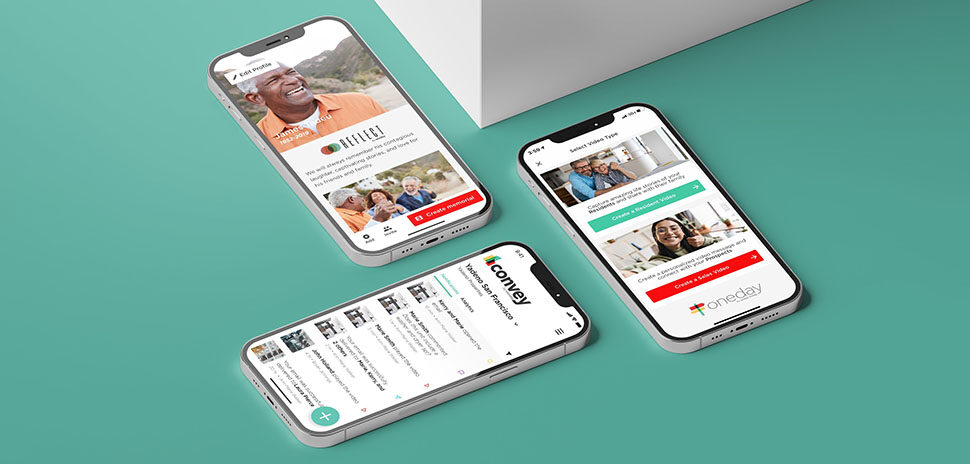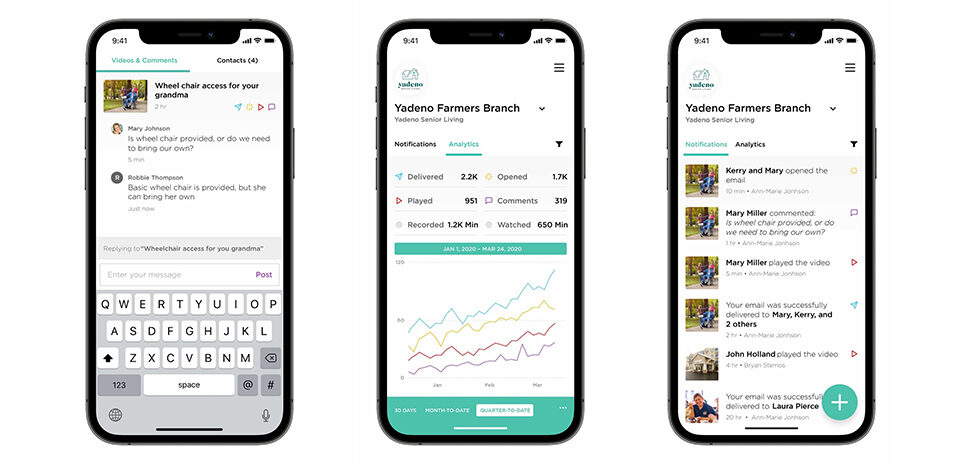In the United States, working Americans spend the majority of their waking hours at work with their peers, direct reports, supervisors, students, etc. It stands to reason that leaders interested in establishing a positive organizational culture would want to understand the social context of the organization they lead.
For any organization that strives to be a “values-based culture,” a necessary first step is to understand the values of the organization.
Experience is the primary medium through which adults learn and develop professionally.
In my experience working in organizational leadership, leaders sometimes make the mistake of declaring what the organizational values are without gaining an understanding of the values that currently exist in the organization. Roll the dice on the background and experiences that shaped the values of your organization’s members before they joined the team. Investing the time to understand the values of the organization can support future organizational change initiatives, whereas not taking the time to gain an understanding can lead to frustration when change initiatives don’t produce expected outcomes.
Let’s explore organizational culture. Social psychologist Edgar Schein defines it as “a pattern of shared basic assumptions learned by a group as it solved its problems of external adaption and internal integration, which has worked well enough to be considered valid and, therefore, to be taught to new members as the correct way to perceive, think, and feel in relation to those problems.”
Experience is the primary medium through which adults learn and develop professionally. The experiences people have at work are educational as individuals see how members of the organization treat each other, the behaviors they exhibit, and how they go about accomplishing the organization’s mission.
Members learn the organizational culture from what they observe in the day-to-day activities at work. Leaders set the conditions for an organization’s culture, which can be a competitive advantage when it is a common, consensual, and integrated set of values and definitions.
Culture is created by interactions between leaders and other members of the organization. The strength of the culture depends on the length of time the organization has been together and the stability of the organization. Once a culture is established, leaders pass on elements of the culture to new generations of leaders. The stories members share offer a window into the culture of the organization and the values that drive it.
USING STORYTELLING TO ASSESS CULTURE
Over time, organizations develop values, beliefs, and customs. The stories members of an organization share reflect what the company believes in, what the values are, and it is a way to share knowledge and experiences across the boundaries of an organization.
A story has the richness of details, has a point, provides insight, and has an emotional impact.
A story told well contains expression, conflict, and resolution. A story has the richness of details, has a point, provides insight, and has an emotional impact.
Listening to the stories of organization members can be a discovery tool, as the listener will extract values, behaviors, and characteristics of leaders and organizational members. Through stories, they will learn about what the organization does well and what it does not. Stories can share what is the best about an organizational life. The accounts shared represent a snapshot of the current state of the organizational culture as the personal experiential stories shared are based on events the storyteller has experienced.
Here is how to use storytelling to gain a better understanding of your organization:
Gather the organization together or conduct this exercise department by department, whatever is more efficient.
Ask members to name their top five core values. These are the uncompromising beliefs and assumptions an individual holds to be true.
Next, ask people to share a story of the best team, group, organization they ever belonged to and what made it great. They can then compare the individual core values with the values that are evident from the stories shared and make reasonable assumptions about the organizational values, such as grouping two similar values together.
BUILDING ON THE ORGANIZATION’S CULTURE
The next step is to list all the values on a whiteboard for the group to see and facilitate a discussion around grouping them into like categories, labeling and narrowing them down to three to five values that represent the values of the group. Capturing values and stories brings the positive experiences to light, captures the different team’s, unit’s, and organization’s values, and works to help employees align their values with organizational values if there is a gap.
Once an organization’s leadership understands the social context of the organization, they can choose to build upon the culture or take it in another direction. As the organization continues its positive change journey, it will have to deal with challenges along the way.
Through organizational coaching and leader development programs, the organization can reinforce its values and develop the culture it strives for by developing leaders to lead following the organization’s strengths. It can use methods such as design thinking to take a positive approach to finding solutions that will be inclusive and work for the organization as a whole.
Leadership counts!
Delivering what’s new and next in Dallas-Fort Worth innovation, every day. Get the Dallas Innovates e-newsletter.































